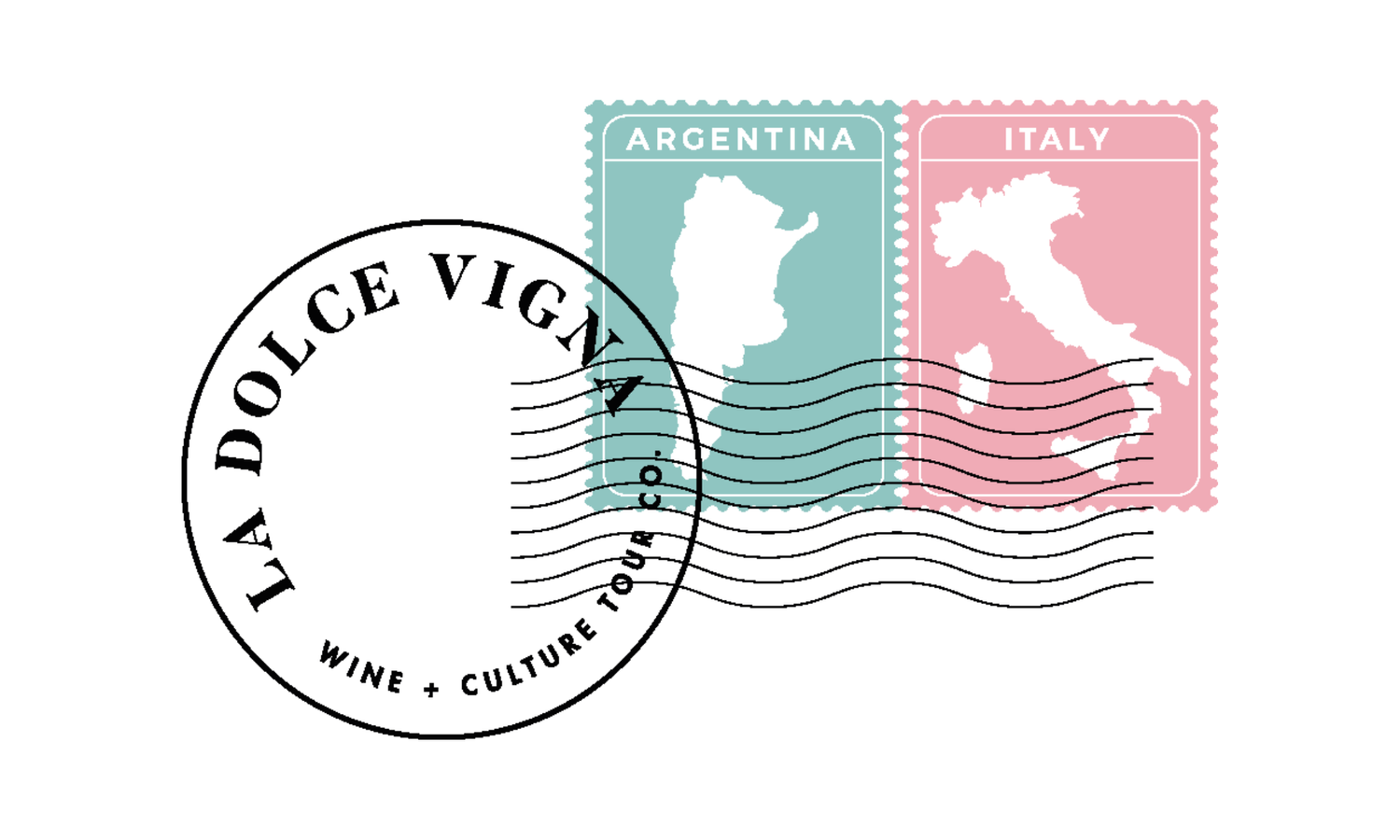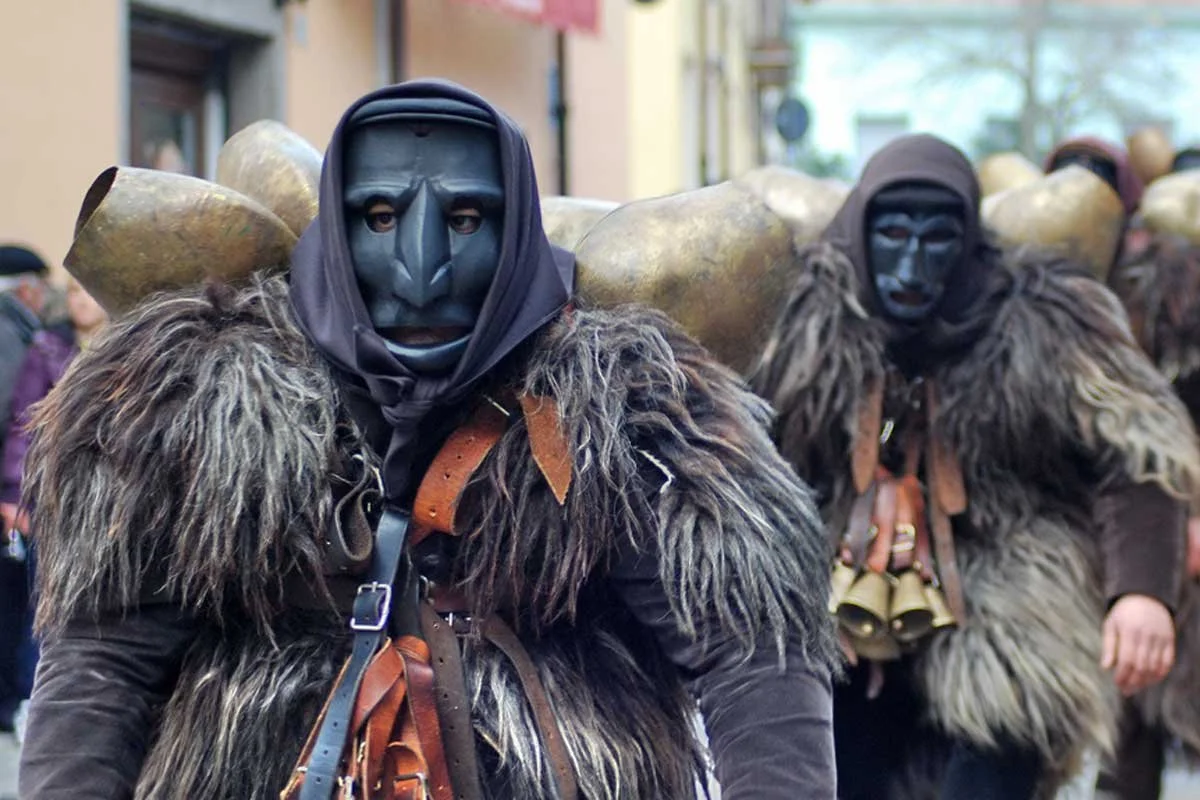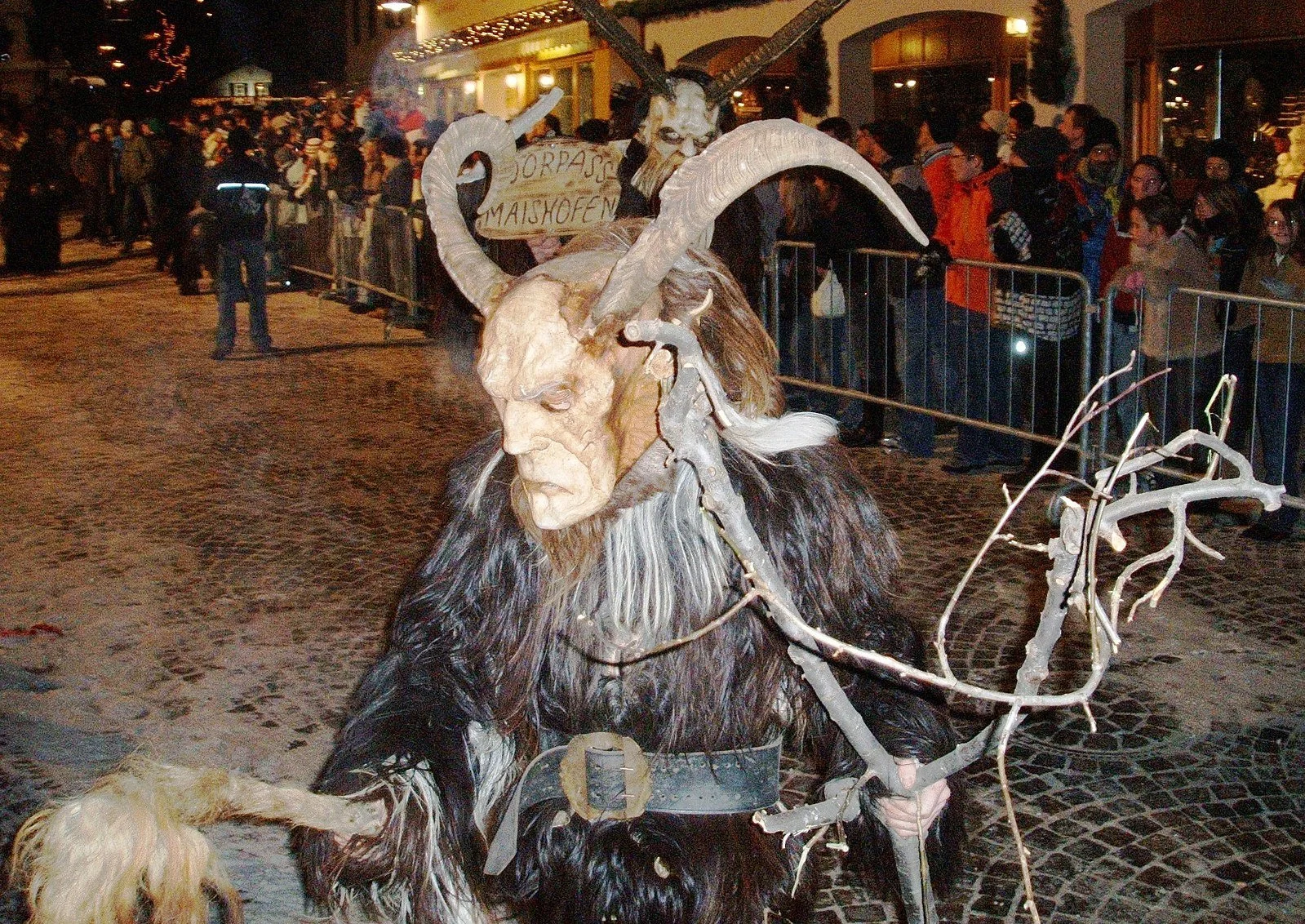Written by La Dolce Vigna’s own Elisa Pantano
While traveling through Italy, you can easily stumble upon festivals that are as unusual as they are captivating. From the Alps to the South, old pagan traditions blend with religious rituals or historical anniversaries, creating experiences that are both mesmerizing and sometimes downright bizarre. Let’s explore some of Italy’s most remarkable celebrations!
The Orange Battle of Ivrea
Piedmont
In Ivrea, history comes alive in a literal orange-flinging rebellion. During the annual carnival in February or March, locals divide into teams and throw thousands of oranges at each other, reenacting a 12th-century uprising against a tyrannical ruler. It’s messy, exhilarating, and a playful nod to the city’s medieval past.
Florentine Historic Football Calcio Storico
Firenze, Toscana
On June 24th, Piazza Santa Croce turns into a battlefield of strength and strategy. Teams in 16th-century costume play Calcio Storico, a rough mix of football, rugby, and wrestling. The tradition began during the Renaissance as a celebration of civic pride and has survived centuries as a thrilling, chaotic spectacle of skill, courage, and local identity.
The Serpari of Cocullo
Abruzzo
Every May 1st, the small village of Cocullo becomes the stage for a spine-chilling yet fascinating ritual. During the Feast of San Domenico, snakes are draped around the shoulders of the saint’s statue and carried through the streets by devotees. This blend of pagan tradition and Catholic devotion creates a hypnotic spectacle, where fear and reverence intertwine.
Mamuthones
Mamoiada, Sardinia
During Carnival in February, the masked Mamuthones parade through the streets of Mamoiada, clad in black sheepskins and wooden masks, carrying heavy cowbells that create a hypnotic rhythm. These mysterious figures trace back to pre-Christian rituals meant to ward off evil spirits, blending pagan symbolism and Sardinian folklore in a haunting, unforgettable display.
Krampus
South Tyrol, Alto Adige
From the rugged hills of Sardinia to the snowy peaks of the Alps, Italy seems to have a talent for conjuring mysterious, sometimes terrifying figures. Every December, during the Advent season, the fearsome Krampus march through South Tyrol villages in furs and horned masks, rattling chains and bells to frighten and entertain, preserving ancient Alpine folklore.
La Juta dei Femminielli
Montevergine, Campania
Each March 1st–2nd, transgender and effeminate men, known as Femminielli, climb Montevergine to honor the Madonna, singing and dancing along the way. The tradition harks back centuries, inspired by a legend where two young men, threatened for their love, were miraculously saved by the Madonna Nera. A blend of faith, folklore, and joy, this pilgrimage is a unique celebration of community, luck, and human spirit.
The Human Chess Game of Marostica
Veneto
Every second weekend of September (biennial), Marostica’s main square becomes a life-sized chessboard. Citizens, dressed in Renaissance costumes, reenact a legendary game from 1454, when two young men settled a romantic rivalry without violence. Part theater, part history, the event is an unforgettable display of Italian love for storytelling and spectacle.
La Notte della Taranta
Salento, Puglia
Every last weekend of August, Salento pulses with the hypnotic rhythm of the pizzica. Originating from tarantism — a ritualistic “therapy” for those bitten by spiders — the dance was historically led by women, who used music and movement to heal and release tension. Today, the festival is a joyous, communal celebration of music, dance, and centuries-old folk tradition.
The Feast of the Madonna Bruna
Matera, Basilicata
On July 2nd, Matera erupts in one of Italy’s most dramatic celebrations. A lavishly decorated carro votivo parades through the city before being spectacularly destroyed, symbolizing renewal and communal catharsis. Dating back to 1389, the festival blends medieval Catholic ritual, local folklore, and theatrical flair into a breathtaking, emotional spectacle.
From serpents and oranges to hypnotic dances and fiery carts, Italy’s festivals are far more than simple parties — they are living history, cultural expression, and sometimes, delightful strangeness. Traveling through the country, one quickly realizes that beyond the well-trodden tourist paths lies a world of rituals where devotion, folklore, and creativity collide in ways that are truly unforgettable.
















